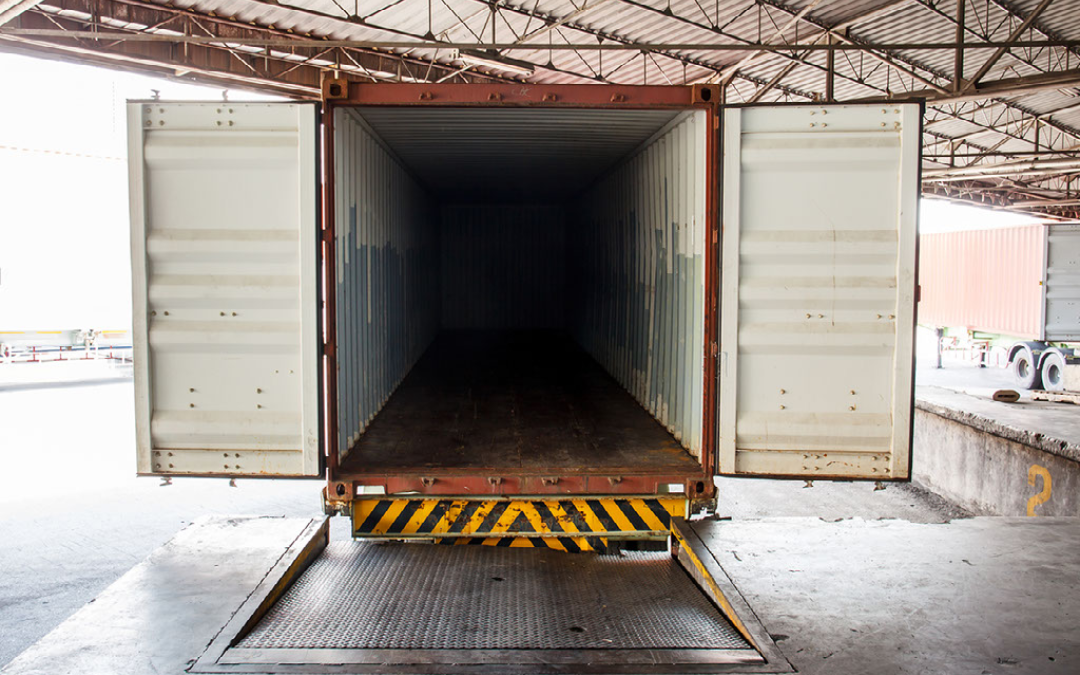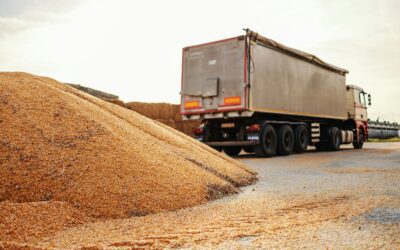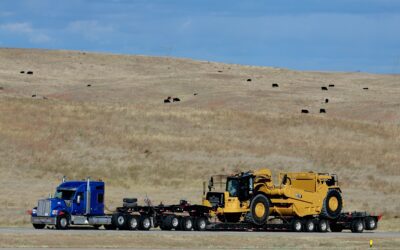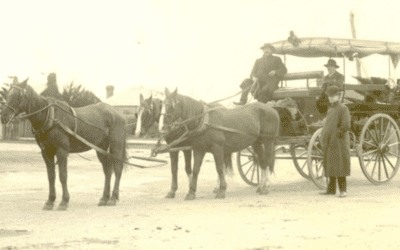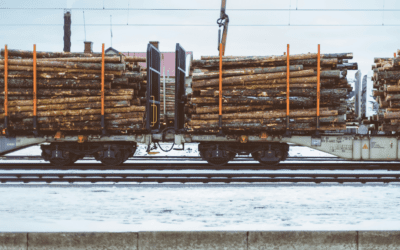You’re shipping 3,500 pounds of ceramic tiles from North Carolina to Florida and need to decide which transportation mode to use. Are you going to choose LTL or FTL to ensure the freight is handled promptly, safely, and on time?
When to use
The differences between FTL and LTL are the load size and the product type. FTL shipments are typically used for large, heavy loads, while LTL shipments are smaller loads shared with other goods. FTL can be more expensive than LTL, but it offers greater protection for the goods.
Size
FTL is designed to transport large quantities of goods, usually weighing 20,000 pounds or more. The size can also be determined by the dimensions of the load. For example, a shipment that weighs only 15,000 pounds but is longer, taller, or wider than a standard truckload would still be considered an FTL shipment.
In contrast, LTL shipments are small in size and usually weigh between 100 and 5,000 pounds. LTL can be a great option for those who don’t need to ship large amounts of products.
Statistic Rundown
The FTL freight transportation market in the U.S. is $523 billion, accounting for 75.4% of the total freight transportation market. In comparison, LTL contributes to only 40 billion, with a market share of 5.8%.
Generally, FTL transportation is more accessible and has a larger transportation market than LTL since LTL freight rates are higher than FTL rates. Let’s explore the factors that determine the cost of freight and learn how to take advantage of cost savings.
Cost & Price
FTL and LTL freight costs depend on weight, dimensions, and lane routes. Typically, LTL is less expensive than FTL, but it may have a longer delivery time. By utilizing additional services like Liftgate, inside delivery, and limited access, you can benefit from cost savings and reduce FTL charges when shipping LTL freight.
However, the price is largely based on a shipment’s density, meaning different commodities and materials can have other shipping costs. Let’s explore some significant commodities in the transportation industry:
- Food and Beverage
The transportation market in North America by food and beverage products was valued at $106 billion in 2022, growing at a CAGR of 7.88% from 2022 to 2028.
With growing trends in packaged goods, the need for FTL and LTL transportation in the food and beverage sector will only increase. On estimate, shipping food and beverages with a FTL freight would cost more. While LTL can be a more cost-effective option, the quality of goods may suffer.
- Agriculture Products
Agriculture products look different for both modes of transportation. Products that FTL commonly transport include crops, seeds, and fertilizers. Common LTL commodities include animal feed, canned goods, and fresh produce.
Some products require special handling and refrigeration, which can add to shipping costs. For example, fresh produce needs to be cold to prevent spoiling. In this case, the product requires refrigerated trucks, which can be more costly than non-refrigerated trucks.
- Metals
FTL freight often requires moving heavy equipment, most commonly transporting steel, aluminum, and iron. FTL gives the space and security needed to transport the products safely and efficiently.
LTL often moves non-ferrous metals such as aluminum, copper, and brass. Because these metals are less dense, they can be shipped in smaller trucks without compromising the product’s safety.

Time
The best option for businesses that need to ship a product quickly and meet a deadline is FTL– because FTL shipments are not consolidated with other products, the shipment can be loaded and unloaded more quickly.
While the delivery time for LTL products may be slower, it can still benefit businesses in some ways. LTL drivers do multiple deliveries and pick-ups, so flexibility is crucial. If the company is flexible with delivery time, LTL can be more cost-effective.
Risk & safety
FTL is less risky than LTL because they aren’t consolidated with other products. Essentially, the truck moves directly from the starting point to the destination point without loading or unloading other products, reducing the risk of damage to the goods.
LTL carriers stop at multiple locations to collect smaller shipments and place them into larger loads. This method can increase the risk of damage to the goods because they are handled more often and are stacked on top of other products.
If LTL is a more viable option for businesses, there are ways to minimize the risk of damaging products. Companies can ensure products are well-packed to protect them from damage and track the shipment to ensure they arrive on time and prevent the products from being lost.
Shipping products safely
- Food and beverage
Frozen foods and refrigerated beverages are among the most shipped products through LTL. In fact, according to the American Trucking Association, in 2022, approximately 130 billion pounds of fresh produce and frozen food were shipped through LTL in the United States.
When deciding which mode is best for you within this industry, it’s important to note that carriers offer various delivery options within LTL, such as expedited shipping, reefers, and even dry vans.
- Electronics
Electronics can be extremely fragile due to temperature increases or vibrations, so it’s important to pack electronics carefully. These items use LTL freight because they are relatively small and lightweight and can be easily stacked on each other if packed in sturdy boxes.
- Medical supplies
Pharmaceuticals and medical supplies require special care during shipping. These products are sensitive to temperature changes, and a longer delivery time can risk the quality of the product. Using a dry van, refrigerated, or open deck transport for FTL freight can ensure that the medical supplies are handled safely and promptly.
KCH Transportation is on the case
By working with KCH Transportation, we value non-standard shipping methods and work to give our customers cost-efficient options instead of skyrocketing quotes for LTL and FTL deliveries. By leveraging sophisticated transportation software, you have options on how you want to move your freight. We provide our customers with visibility on every service and ensure your freight is handled promptly, safely, and on time. Learn more about our FTL and LTL services here!

